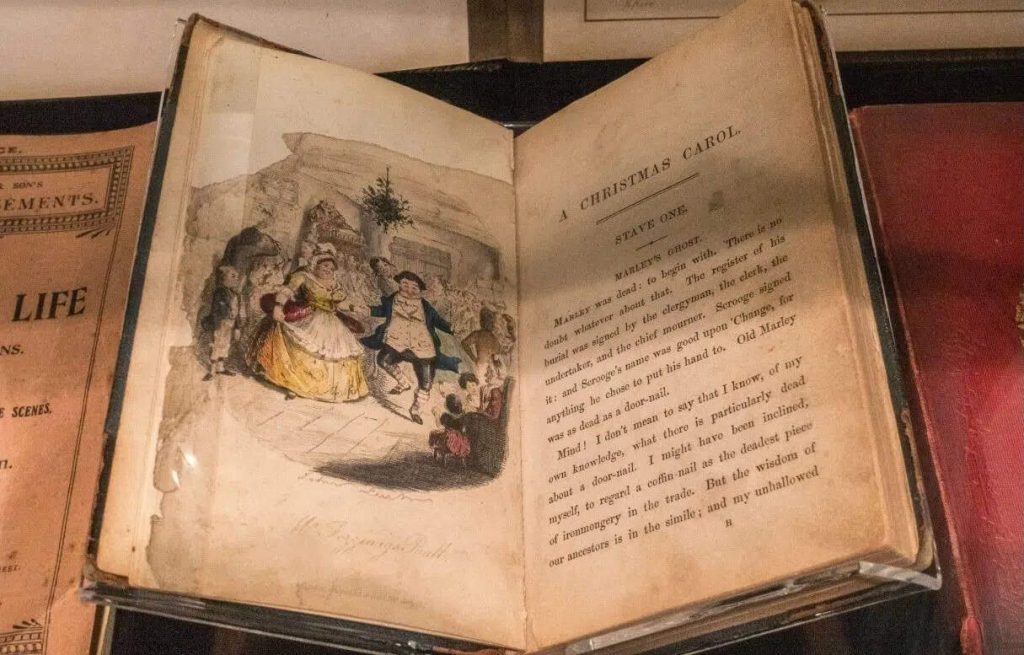
How Christmas became a publishing sensation
Since its publication on 19 December 1843, A Christmas Carol by Charles Dickens has never been out of print. It was an astonishing and instant success, selling out its first 6,000 copy print run in just five days. With the novella’s success, a new industry was created, and by December 1844, a plethora of seasonal titles had … Read more
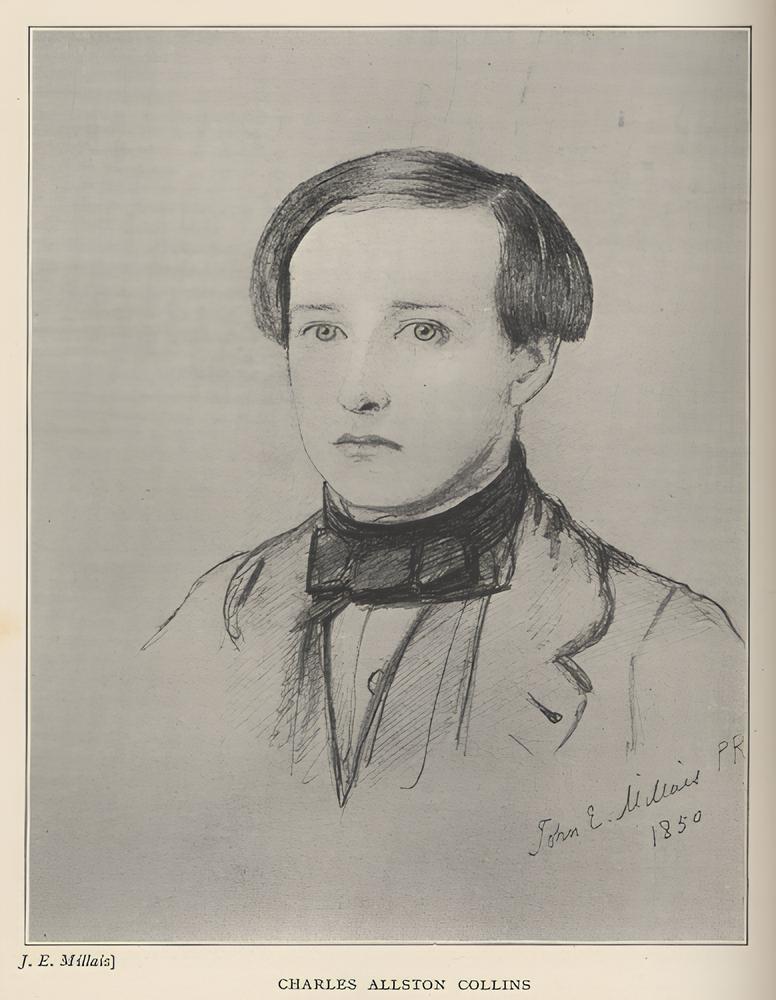
Why it’s time to rescue Charlie Collins from his brother Wilkie’s shadow
This week’s bicentenary of the birth of Wilkie Collins – author of The Moonstone (1868) and The Woman in White, who regularly collaborated on plays and stories with his friend Charles Dickens – has rightly brought the Victorian author back to prominence. But less is known about his younger brother Charles (“Charlie”) Allston Collins, an artist and writer whose … Read more
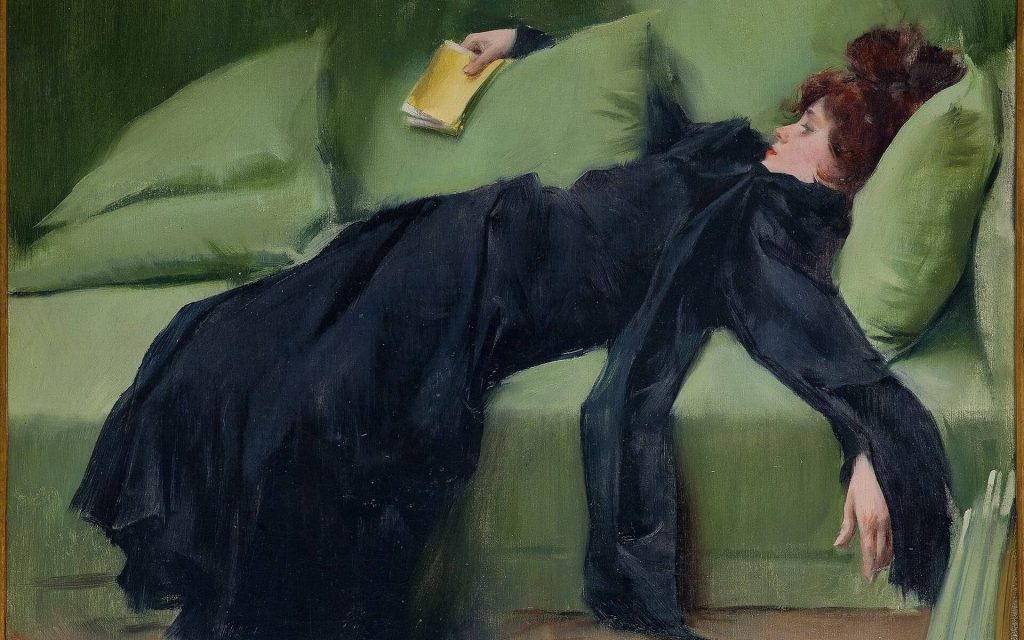
How the Victorians invented colour
In the Ashmolean, look out for a reclining woman reading a book. She may be wearing a black dress, but she is surrounded by vivid bursts of colour: a rich green sofa, a yellow-jacketed book, not to mention her warmly coloured lips and copper-coloured hair. It’s a portrait of the Parisian model Madeleine Boisguillaume, painted … Read more
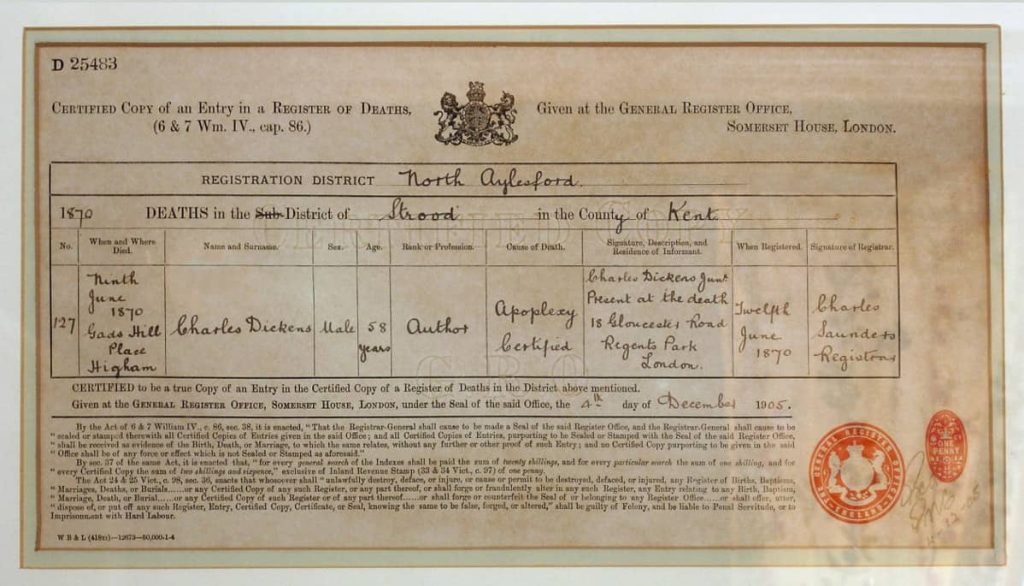
The Mystery Around Dickens’s Death: Dealing with the gaps in history
In 1990, Claire Tomalin published The Invisible Woman, a biography of the actress Ellen Ternan, best known today for her secret relationship with Charles Dickens, which spanned the last thirteen years of his life. In her book, Tomalin suggested a new theory about the death of Dickens: that when he died in 1870, he may have … Read more
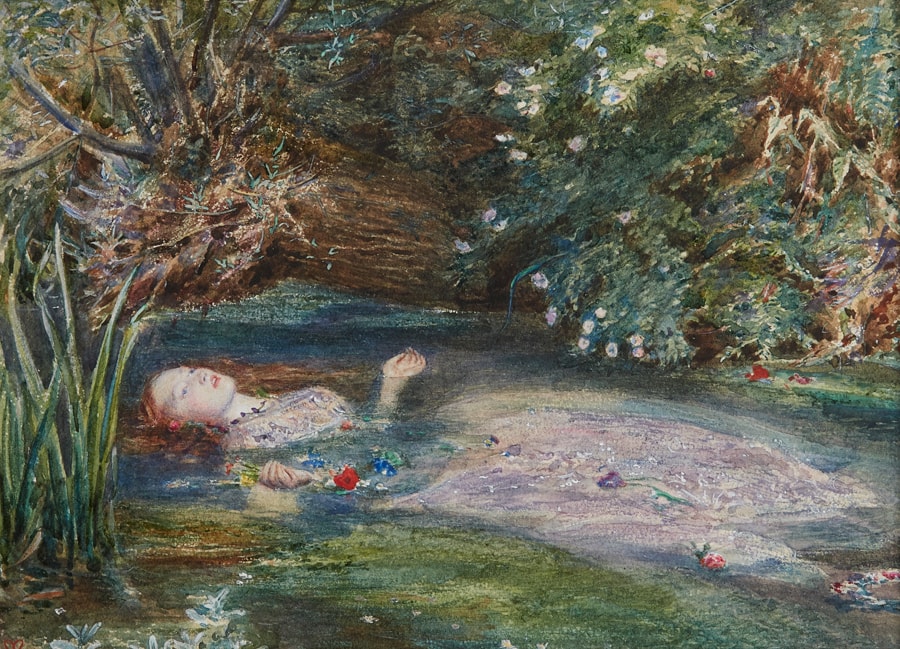
The tragedy of art’s greatest supermodel
In the winter of 1849-1850, the artists Dante Gabriel Rossetti and William Holman Hunt were painting together, when their friend Walter Howell Deverell burst into the studio. The visitor announced excitedly, “You fellows can’t tell what a stupendously beautiful creature I have found… She’s like a queen, magnificently tall.” With these words, the unlikely beauty … Read more
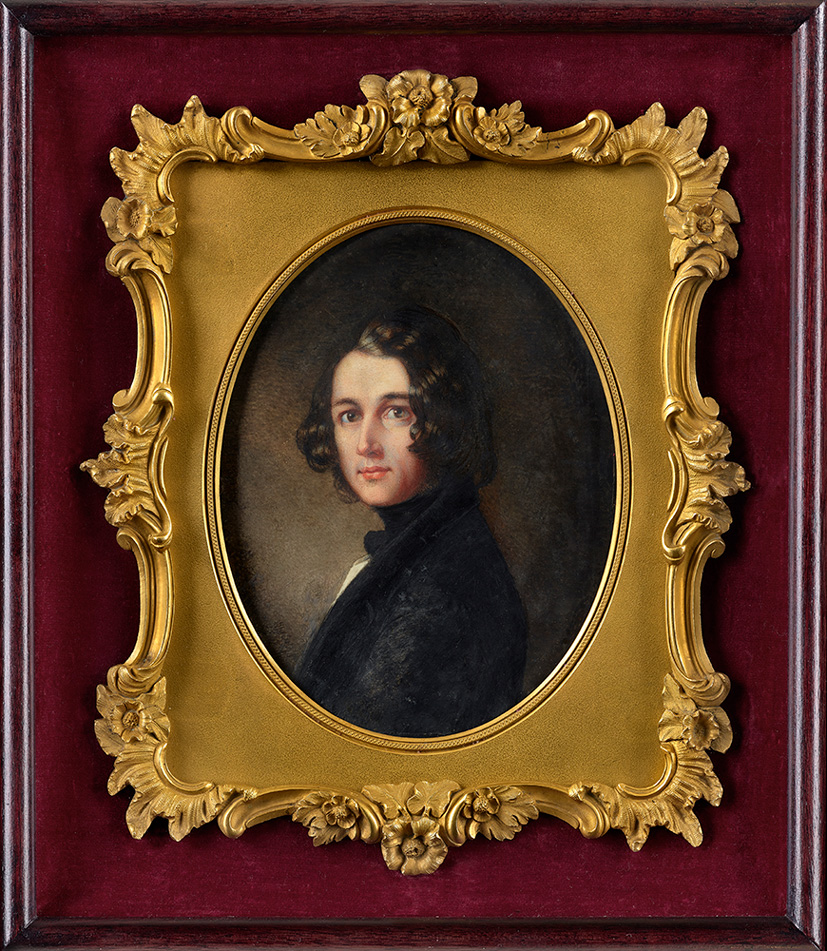
The lost portrait of Charles Dickens
In the 1880s, not long before her death, Scottish artist Margaret Gillies was approached by the writer Frederick George Kitton, who wanted to know what had happened to one of Gillies’ early portraits. Kitton was writing a biography of Charles Dickens and he knew Gillies had painted the author in 1843, but where was the … Read more
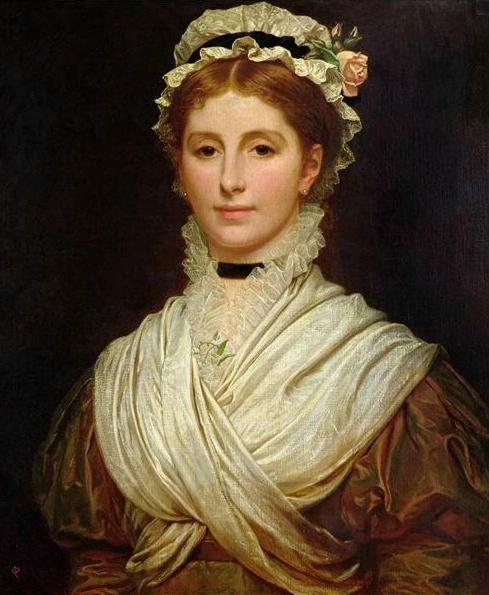
Revisiting Kate Perugini: An appreciation of an overlooked Victorian painter
In 2006, I published a biography about a little-remembered artist, Kate Perugini. Had she worked under her maiden name, it is likely she would still be remembered, and talked about, today — because Katey (as she was known in her family) was the daughter of Charles and Catherine Dickens. As ‘Kate Perugini’, her art has … Read more
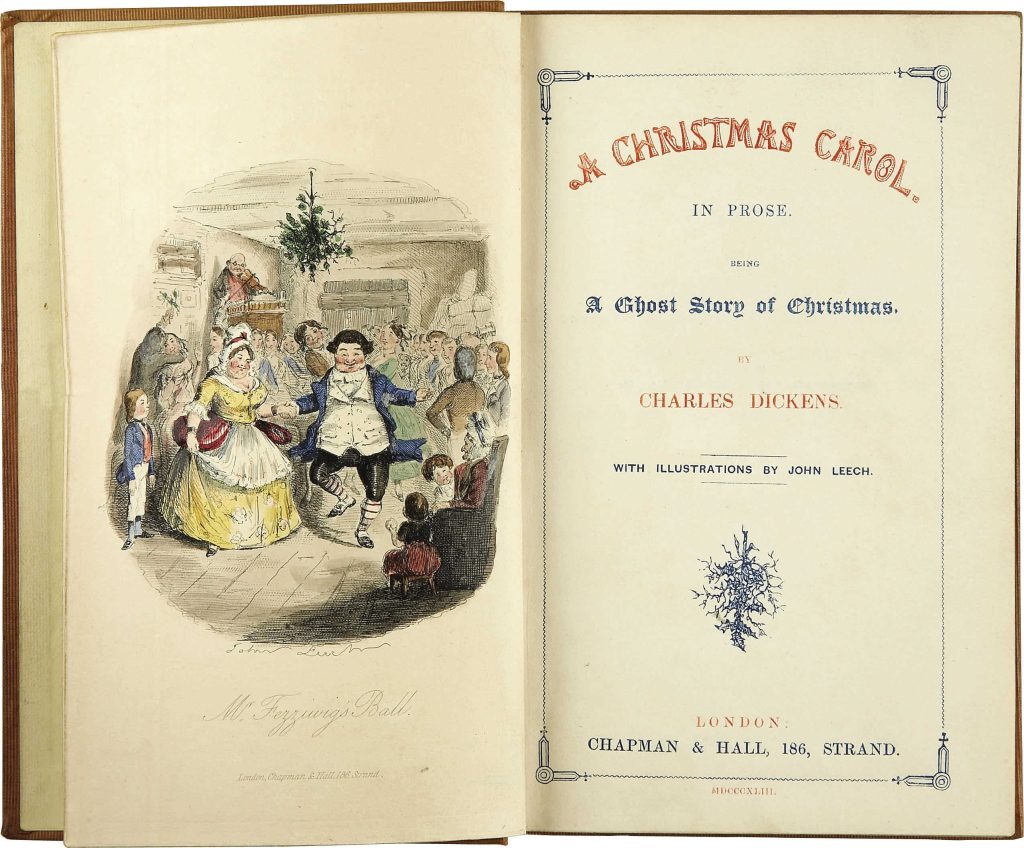
How did A Christmas Carol come to be?
In May 1843, Charles Dickens was invited to a fundraising dinner in aid of the Charterhouse Square infirmary, which cared for elderly, impoverished men. Ironically, most of the diners were very wealthy men, who made fortunes in the City of London. Dickens wrote a contemptuous letter to his friend Douglas Jerrold describing them as “sleek, … Read more
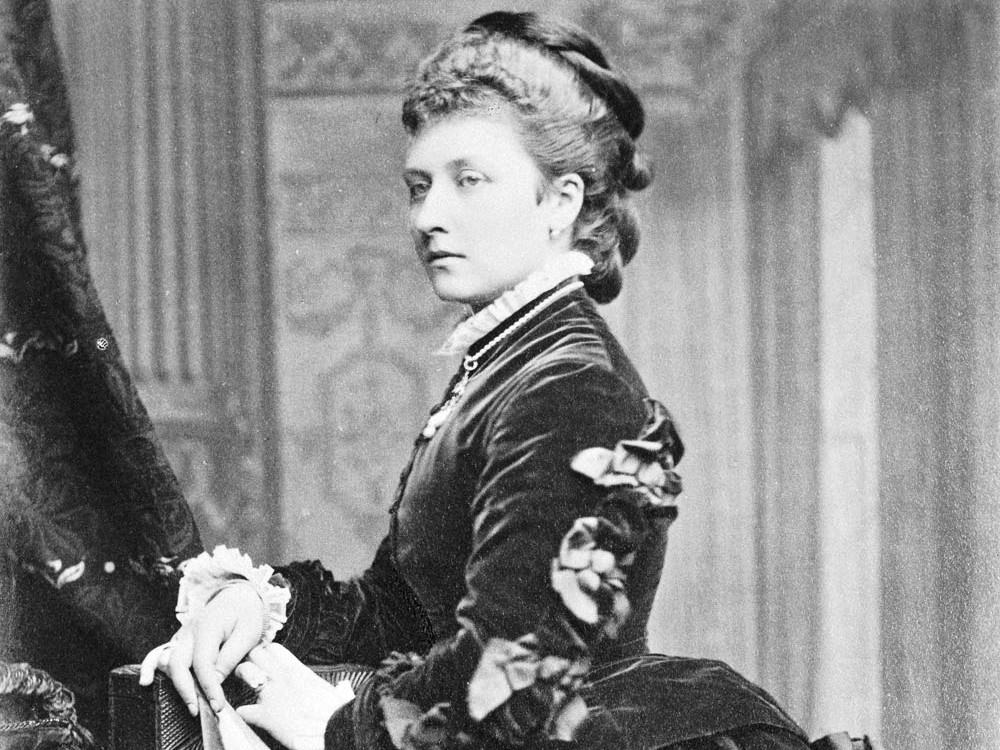
The Mystery Of Princess Louise: Queen Victoria’s radical daughter
While I was working on my biographies of the artists Lizzie Siddal and Kate Perugini, one name kept appearing in my research: Princess Louise. I wondered why a princess kept showing up at artists’ studio parties. Because she was a part of this bohemian world, rather than a patron, I assumed she was a foreign … Read more
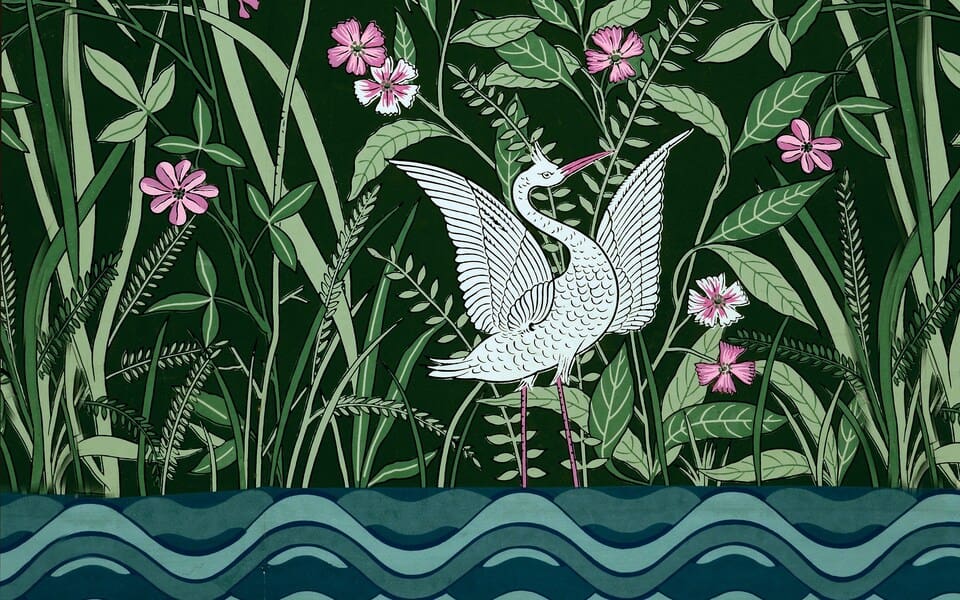
Could this wallpaper kill you? Victorian Britain’s lethal obsession with the perfect shade of green
Vividly coloured wallpaper was the height of fashion for aspirational Victorians – and the cause of countless deaths. On Thursday, April 3 1862, Dr Thomas Orton was summoned to Limehouse, east London. The patient was a gravely ill three-year-old named Ann Amelia Turner and her parents were desperate: over the previous six weeks, Richard Turner, … Read more
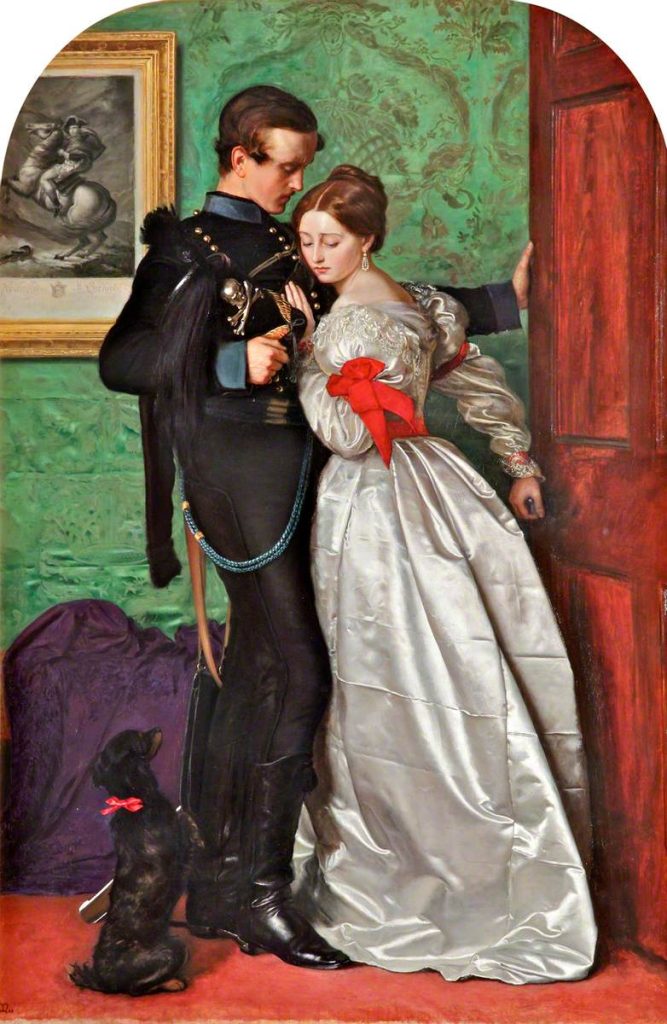
Katey Dickens: the forgotten story behind ‘The Black Brunswicker’
In 1860, ten years after Charles Dickens published a scathing review of Pre-Raphaelitism in his magazine Household Words, John Everett Millais exhibited what would become one of his most famous paintings. The Black Brunswicker depicts a young Englishwoman making a futile attempt to prevent her Prussian fiancé from fighting in the Battle at Waterloo. For many of the spectators who flocked to … Read more
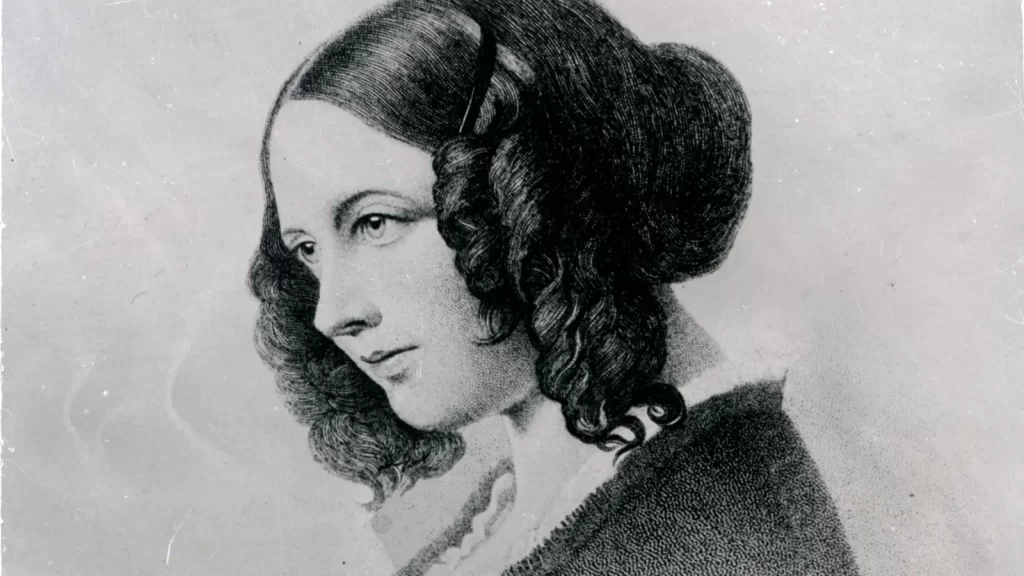
The forgotten wife of Charles Dickens
In February 1835, Charles Dickens had a party for his 23rd birthday. Catherine Hogarth, the daughter of his magazine editor, was one of the guests. “Mr Dickens improves greatly on acquaintance,” she wrote to her cousin after the party. The improvement must have been dramatic: Catherine soon agreed to marry him. Their wedding took place … Read more
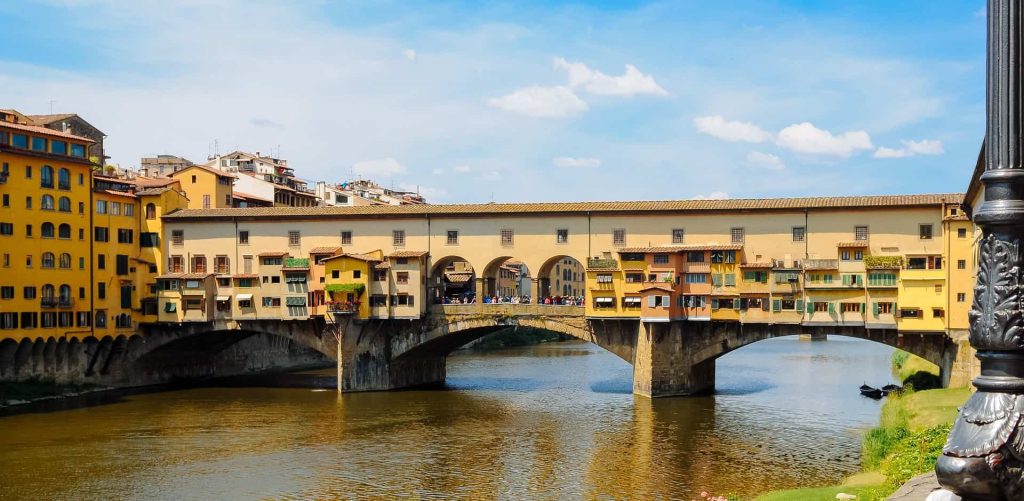
A Room With A View by EM Forster, book of a lifetime: ‘The literary equivalent of hot buttery mashed potato’
On my first visit to Italy I was 13. It was on a Schools Abroad trip, on which we spent a night in the port of Brindisi, where I and my fellow schoolmates were sexually harassed by scary sailors, made sick by the stink of diesel and where nothing could have been further from the … Read more
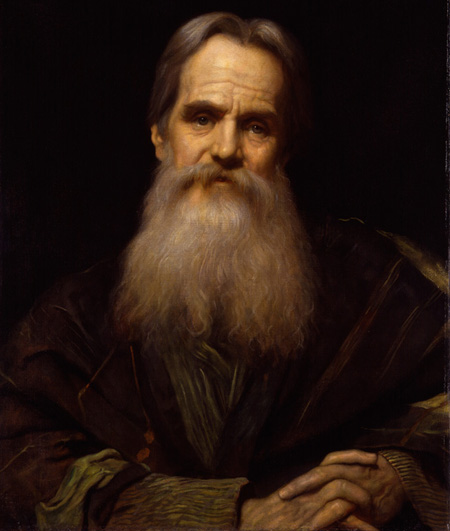
A pogonophobe’s view of facial hair in history
My book, Moustaches, Whiskers & Beards, a history of facial hair in portraiture, came into being following a walk around the first floor of the National Portrait Gallery. I was with a colleague thinking up ideas for gallery talks. When we stopped in front of the enormously noxious beard sported by William Holman Hunt, my colleague noticed … Read more
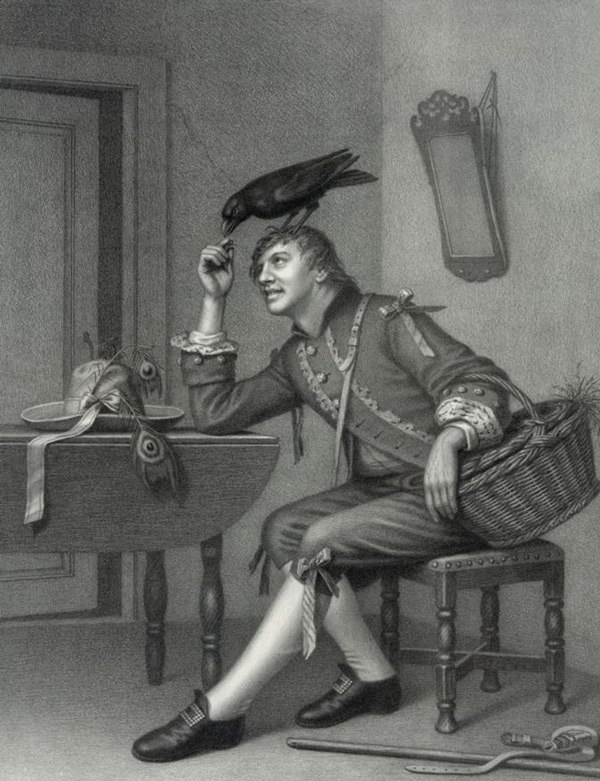
The mysterious tale of Charles Dickens’s raven
In 2012, the Tower of London welcomed two new inhabitants: a pair of ravens named Jubilee and Grip. Their arrival celebrated the Queen’s Diamond Jubilee and the bicentenary of Charles Dickens’s birth. This Grip was the third of the Tower ravens to be named after the novelist’s own pet bird. One of his predecessors was … Read more
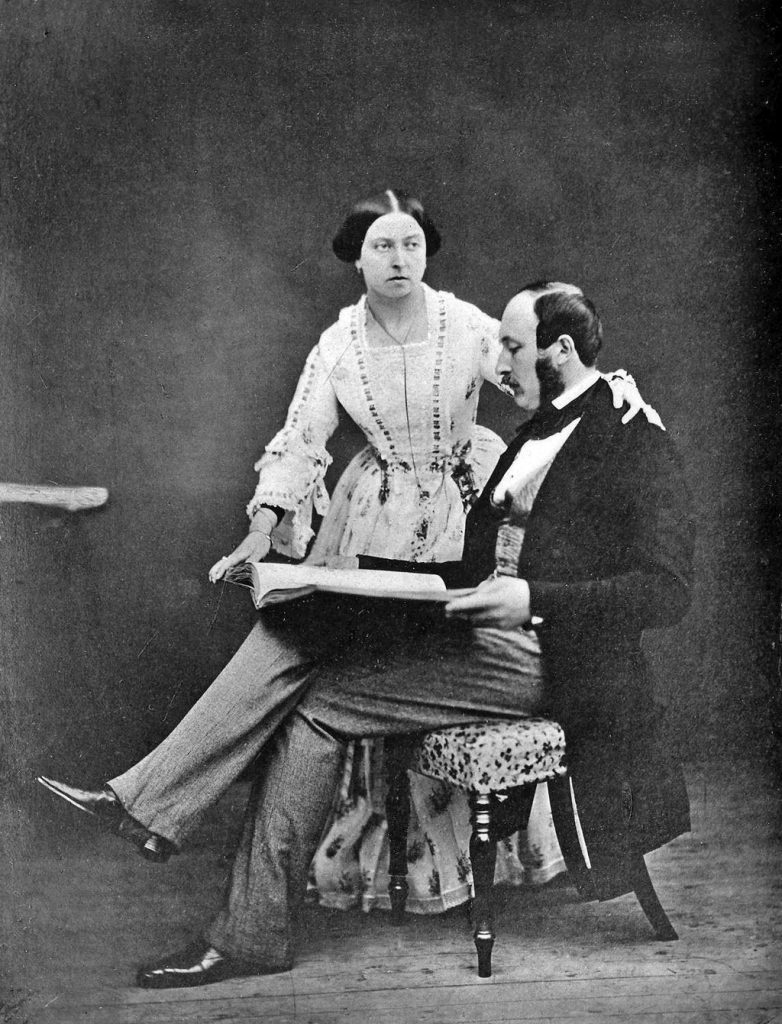
Victoria and Albert: How a royal love changed culture
When Queen Victoria inherited the British throne just a few weeks after her 18th birthday, there was immediate speculation about who she would marry. Few had foreseen that this little-known princess would become their monarch. But when the country found itself with a young queen after so many dissolute Hanoverian kings, it seemed that exciting … Read more
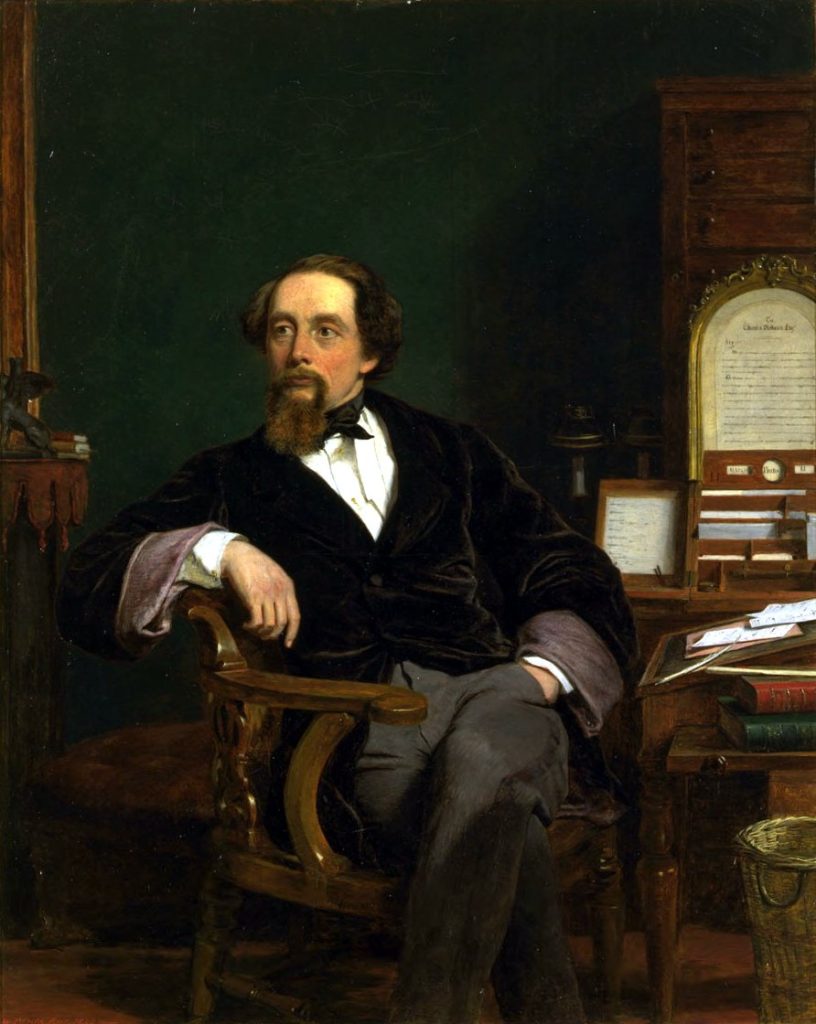
Why the world still loves Charles Dickens
In the winter of 1867 a work-weary Charles Dickens arrived in Boston harbour, following a long sea voyage from England. It was 25 years since he had last visited the US, at which time he had travelled with his now-estranged wife, Catherine, celebrated his 30th birthday in Massachusetts and realised that he was indeed an … Read more
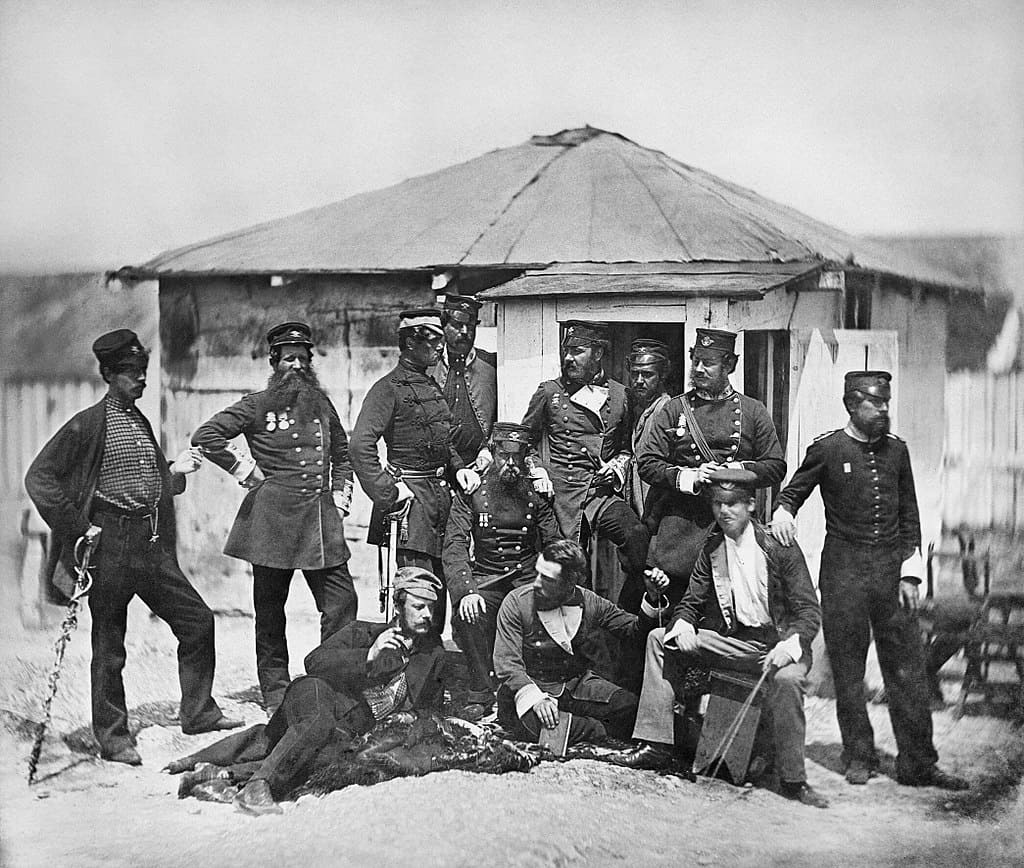
The great Victorian beard craze
In the mid-19th Century, men throughout North America and Europe began doing something most had never done before. They abandoned their barbers, left patented safety razors rusting on bathroom shelves and began growing facial hair. They were not merely growing the well-coiffed whiskers and neat moustaches hitherto deemed acceptable, but cultivating enormous whiskers that connected … Read more
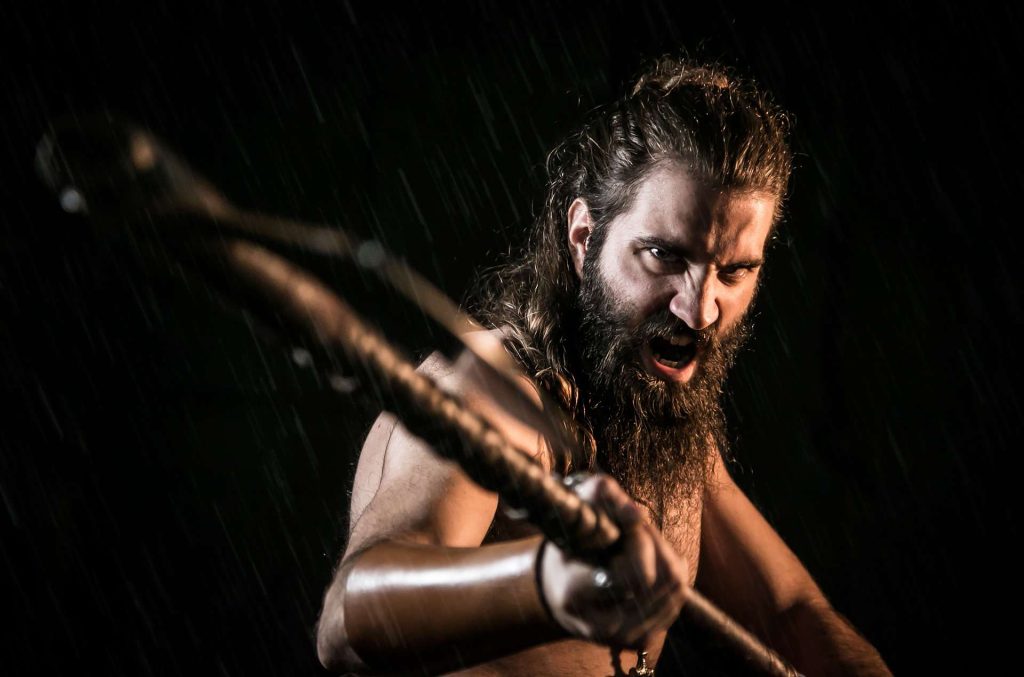
Facial hair’s formative years: what the Vikings and Romans did for male grooming
Facial hair has been represented in art since the first cave person picked up a piece of charcoal and decided to draw a man. Early art also reveals that facial hair has long been tamed – usually by being clipped or plucked – suggesting that the all-important question of ‘To shave or not to shave?’ … Read more
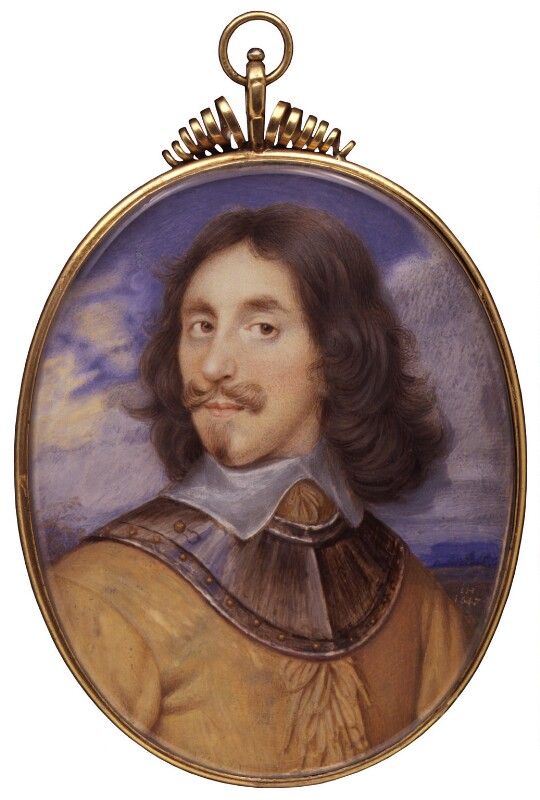
The moustache: A hairy history
Throughout history facial hair has fallen in and out of fashion. Hairy faces have been lauded, derided, immortalised in art and even legislated against. The rise and curl of the moustache has never been straightforward. Since the first caveman picked up a hinged shell and tweezered whiskers from his face, men have shaped their facial … Read more
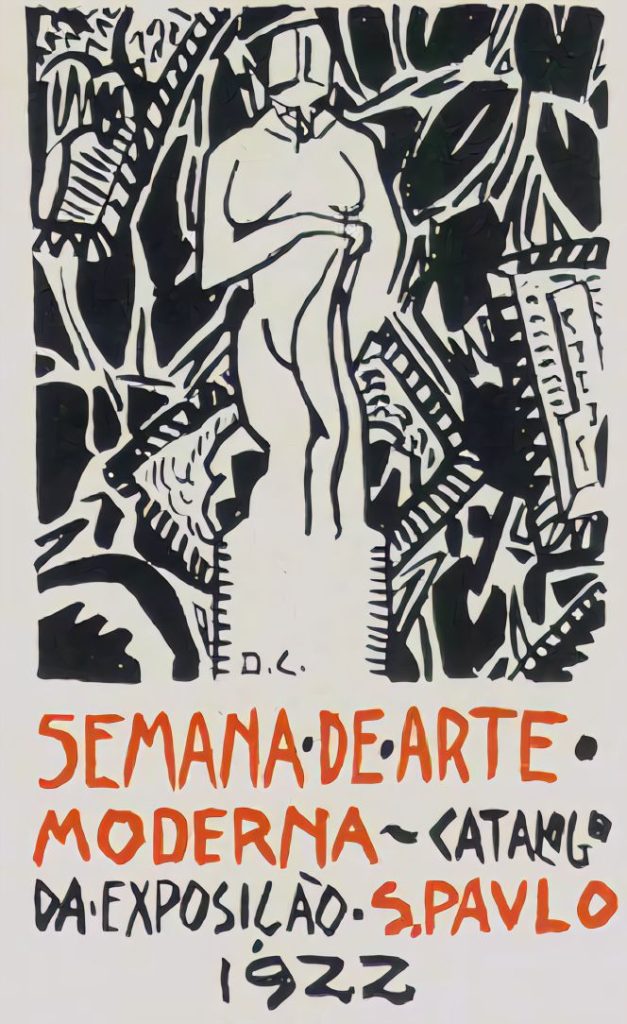
1922: The year that changed Brazilian art
For the people of Brazil, 1922 was a landmark year. It marked a full century of independence from Portugal – and it was also the year that put Brazilian art on the international map. An idea grew up from the artists’ studios of São Paolo: to dedicate a week to modern art, to run alongside … Read more